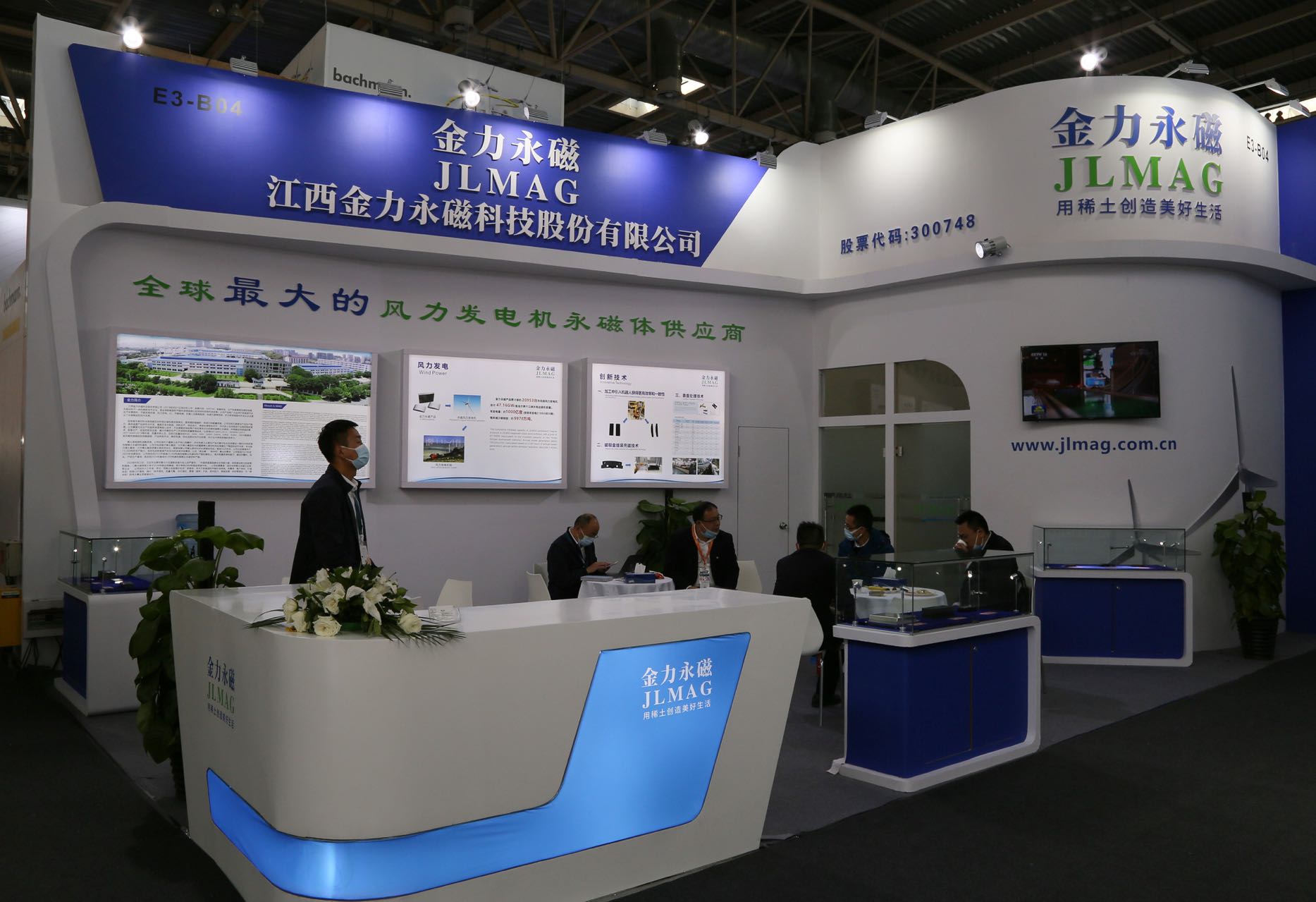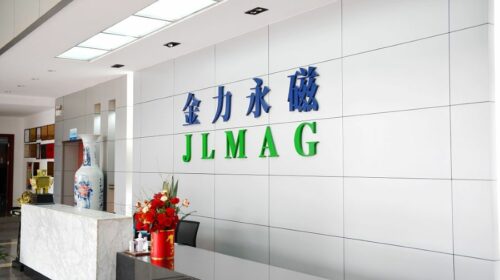JL Mag Growth Slows in Tandem with Braking NEV Market

The maker of magnetic rare earth materials’ profit growth slowed to about 70% in the third quarter from 111% in the first half of the year
Key Takeaways:
- JL Mag said its profit rose 90% to 100% in the first three quarters of the year, translating to roughly 70% profit growth in the third quarter
- The rare earth company’s growth from sales to the NEV sector is slowing, though it could get a boost from a recent extension of an expiring Chinese tax credit
By Doug Young
Are new energy vehicle (NEV) sales finally peaking in China, the world’s largest market for green cars, trucks and buses? The answer appears to be yes, at least based on a new profit alert from JL Mag Rare-Earth Co. Ltd. (6680.HK; 300748.SZ), the world’s leading maker of rare earth magnetic materials used in NEVs, as well as wind turbines and certain types of air conditioners.
In the usual manner, the company has issued what on the surface looks like quite an upbeat report, saying its revenue rose between 70% and 90% in the first three quarters of the year compared with the year-ago period. Meanwhile, its profit rose by an even headier 90% to 100%, according to the announcement released after markets closed on Thursday.
What isn’t mentioned in the report is that the profit forecast represents a slowdown from its profit growth in the first half of the year. The revenue figure is a little more ambiguous, though the range also implies growth could be slowing for that metric as well. And the growth is definitely slowing sharply in magnetic material sales to the NEV sector.
Investors seemed to sense the report might require closer examination beyond the upbeat-looking headline numbers. The stock initially traded more than 4% higher in pre-market trading on Friday, before giving up most of the gains to open up a smaller 1.3%. The shares were still up by about 2% late in the morning session.
JL Mag is basically a commodity company, albeit one in a hot area due to its NEV connection. Accordingly, its fortunes are closely tied to a sector that is experiencing big growth, but could also be set for a correction after an explosive first half of the year – especially in China, which accounts for more than half of all sales partly due to heavy government promotion.
Wholesale NEV sales in China rose 108% in August to 632,000 units, crossing the 600,000 threshold for the first time. But the growth rate was down from the 119% rise for first eight months of the year, indicating the market might be cooling, possibly as government incentives for buyers were set to expire. In that regard, the market could regain some momentum in the months ahead after Beijing late last month announced a one-year extension of a tax credit for NEV purchases that was set to expire at the end of this year.
Still, the road ahead for JL Mag and other companies linked to the NEV sector looks a bit uncertain over the near-term, even if the longer-term prospects are relatively bright.
The company forecast its profit would rise in the first three quarters of the year to between 668 million yuan ($93 million) and 703 million yuan, equating to the 90% to 100% growth that we previously mentioned from the 350 million yuan profit in the year-ago period. The midpoint of the forecast implies that profit in the third quarter rose about 70%, which would represent a sharp slowdown from the 111% growth rate in the first half of the year.
Slowing NEV growth
A deeper dive into the announcement shows that sales to the NEV sector are the clear culprit behind the slowing growth. The company said it expects its overall revenue to reach 5 billion yuan to 5.5 billion yuan in the first three quarters of the year, which would translate to our previously mentioned 70% to 90% growth. Since revenue grew 83% in the first half of the year, the forecast implies the company might be able to post equal or stronger revenue growth in the third quarter, though there’s a bigger chance the growth will slow.
But there’s no question that its sales to the NEV sector are slowing. JL Mag said its magnetic rare earth material sales to the NEV sector rose 190% in the first three quarters of the year, representing a sharp slowdown from the 234% growth for that part of the business in the first half of the year. In actual money terms, the company’s sales to the NEV sector more than tripled to about 1.1 billion yuan in the first half of the year, accounting for about one-third of its 3.3 billion in total revenue for the period.
The company also commented that revenue from its sales to the robotics and industrial energy-saving motors sector rose more than 120% in the first three quarter of the year, representing a strong acceleration from the 68% growth in the first half of the year. Unfortunately, that part of the business only bought in 100 million yuan in the first half of the year, meaning it’s still quite a small part of the business.
JL Mag also said that revenue from its air conditioning business, its second-largest area after NEVs, achieved “certain growth,” indicating we probably shouldn’t expect too much there. That part of the business grew 27% in the first half of the year to 984 million yuan, accounting for about 30% of total revenue.
The company didn’t give any guidance on its latest profit margins, though that metric was coming under pressure in the first half of the year due to high costs for rare earths, which are an important component in not only NEVs but also electronic gadgets like smartphones.
As we said earlier, the bottom line is that JL Mag is largely a commodity company whose fortunes are closely tied to the NEV, wind energy and other sectors that use its materials. While that means the company’s business should trend generally positive in the years ahead as NEVs and green energy gain traction, we should also note that the U.S. is now taking active steps to try and lower its dependence on China, which currently dominates the global market for rare earth production.
The company’s safe position in the rare earth supply chain has earned it a relatively high price-to-earnings (P/E) ratio of 31. That’s in the middle of the pack for its peers, which include ZH Mag (300224.HK) and WKXT (000831.SZ), which have higher ratios of 41 and 150, respectively, while North Rare Earth (600111.SH) trades at a lower ratio of 19.
To subscribe to Bamboo Works free weekly newsletter, click here





